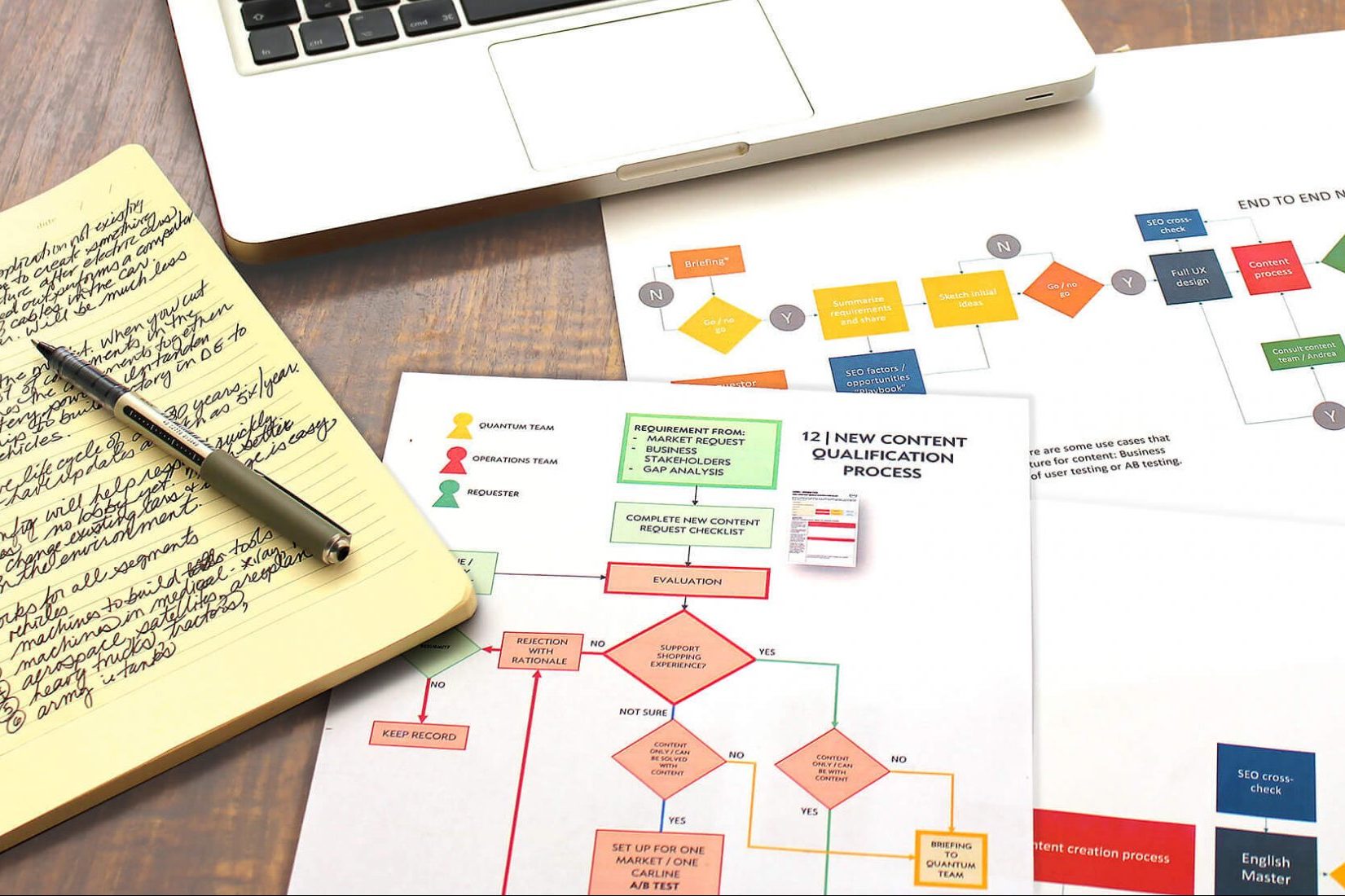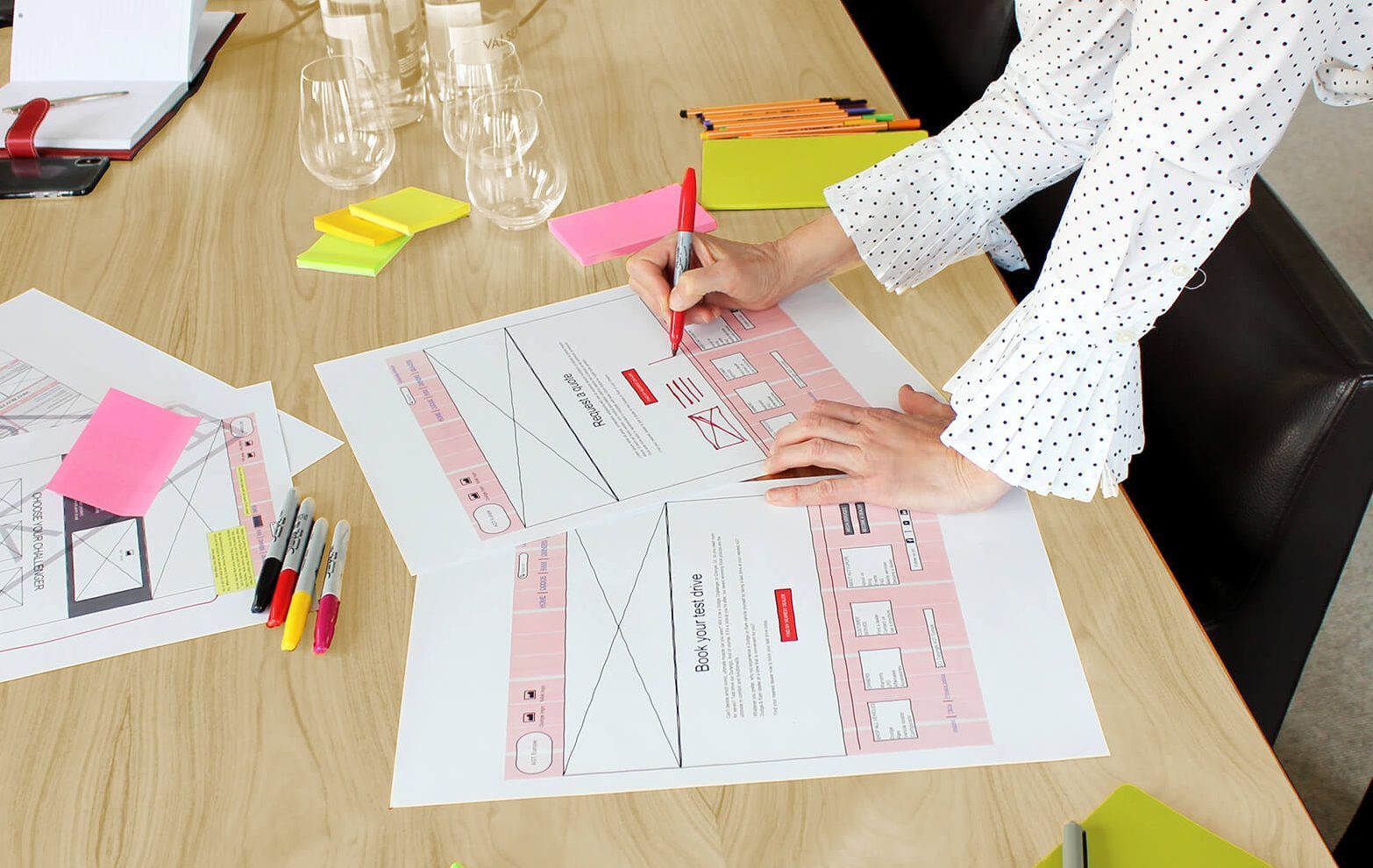UX is about joining the dots.
Optimising user experience is not a nice-to-have. It’s essential. It can be (at times) disruptive, but it is an essentially digital way of thinking about your product that starts and ends with the user. Do it right and each interaction becomes an experience that has the power to differentiate. And convert.
Do it wrong – or worse, don’t do it at all – and you risk not making the necessary human connections that ultimately lead to website and business performance. Our UX designers have both expertise and experience in spades, working for global companies and throughout the German and English speaking worlds.





